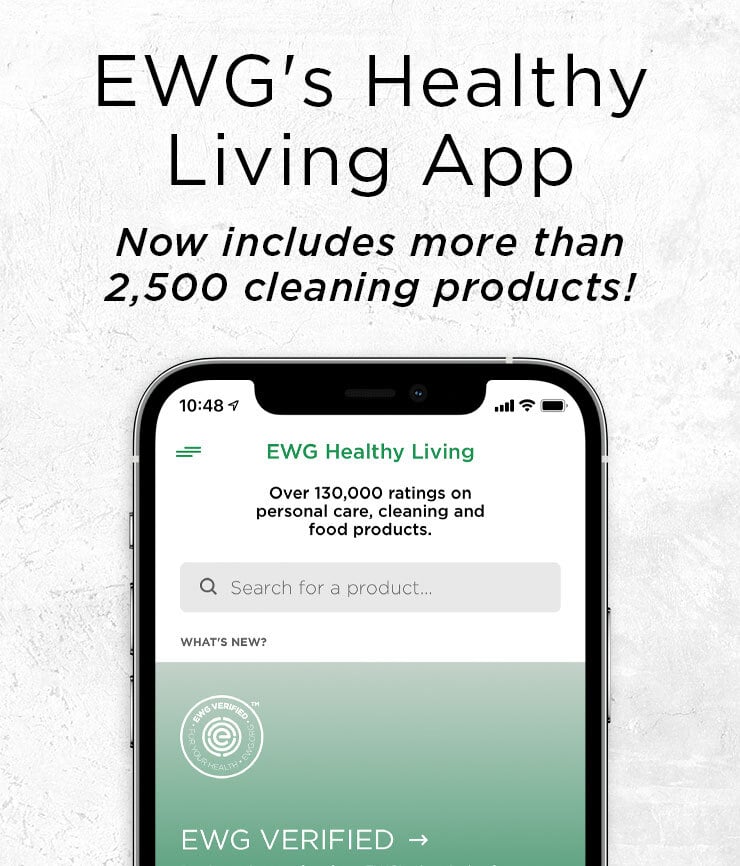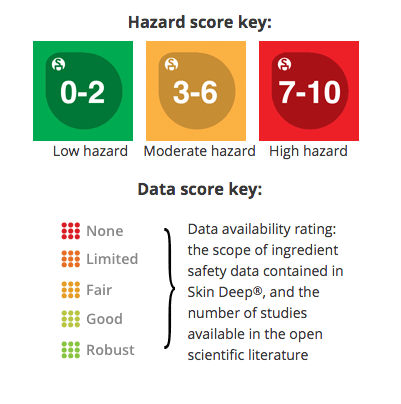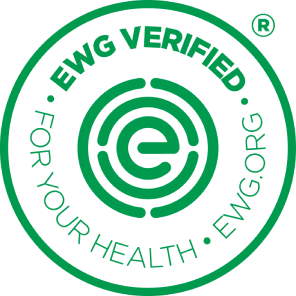
HOME / daily use SPF / moisturizer with SPF

Murad Environmental Shield Essential-C Day Moisture Lotion, SPF 30
Murad Environmental Shield Essential-C Day Moisture Lotion, SPF 30

WHERE TO BUY
Health Concerns
-
MODERATECancer
-
HIGHAllergies & Immunotoxicity
-
HIGHDevelopmental and Reproductive Toxicity
-
HIGHUse Restrictions
Efficacy Concerns
-
Caution We have flagged this product with 4 concerns Contains oxybenzone, a hormone disrupting chemical. Read more
Contains retinyl palmitate, which may damage sun-exposed skin. Read more
Sunscreens can break down while still in the bottle. To be safe dispose of products when the mixture clumps or separates.
This product contains chemical active ingredient(s) that the FDA does not have enough health safety data to classify as safe and effective: AVOBENZONE , HOMOSALATE, OCTINOXATE, OCTISALATE, OXYBENZONE. This product should not be used on kids younger than 3 years old.
-
moderateUVA/UVB Balance
Ingredient Scores
Ingredients are scored based on their formulation and concentration in this product. Click on an ingredient for more information.

|
AVOBENZONE active ingredient 3%
Data Availability: Fair
|


|
||||
|
||||||

|
HOMOSALATE active ingredient 6.5%
Data Availability: Good
|


|
||||
|
||||||

|
OCTINOXATE active ingredient 7.5%
Data Availability: Fair
|


|
||||
|
||||||

|
OCTISALATE active ingredient 5%
Data Availability: Fair
|


|
||||
|
||||||

|
OXYBENZONE active ingredient 2%
Data Availability: Limited
|


|
||||
|
||||||

|
WATER
Data Availability: Robust
|


|
||||
|
||||||

|
BUTYLENE GLYCOL
Data Availability: Fair
|


|
||||
|
||||||

|
STEARIC ACID
Data Availability: Fair
|


|
||||
|
||||||

|
DIISOPROPYL SEBACATE
Data Availability: Limited
|


|
||||
|
||||||

|
COCOGLYCERIDES
Data Availability: None
|


|
||||
|
||||||

|
LAURYL LACTATE
Data Availability: Fair
|


|
||||
|
||||||

|
GLYCERYL MONOSTEARATE
Data Availability: Fair
|


|
||||
|
||||||

|
PEG-100 STEARATE
Data Availability: Fair
|


|
||||
|
||||||

|
ISODECYL NEOPENTANOATE
Data Availability: Limited
|


|
||||
|
||||||

|
DIMETHICONE
Data Availability: Fair
|


|
||||
|
||||||

|
CETYL ALCOHOL
Data Availability: Fair
|


|
||||
|
||||||

|
CETYL PHOSPHATE
Data Availability: Limited
|


|
||||
|
||||||

|
UREA
Data Availability: Limited
|


|
||||
|
||||||

|
YEAST AMINO ACIDS
Data Availability: Fair
|


|
||||
|
||||||

|
TREHALOSE
Data Availability: Fair
|


|
||||
|
||||||

|
INOSITOL
Data Availability: Fair
|


|
||||
|
||||||

|
TAURINE
Data Availability: Fair
|


|
||||
|
||||||

|
BETAINE
Data Availability: Limited
|


|
||||
|
||||||

|
PHOSPHOLIPIDS
Data Availability: Fair
|


|
||||
|
||||||

|
RETINYL PALMITATE (VITAMIN A PALMITATE)
Data Availability: Fair
|


|
||||
|
||||||

|
TOCOPHERYL ACETATE
Data Availability: Limited
|


|
||||
|
||||||

|
ASCORBYL PALMITATE (VITAMIN C PALMITATE)
Data Availability: Fair
|


|
||||
|
||||||

|
PELVETIA CANALICULATA (CHANNELLED WRACK) EXTRACT
Data Availability: Limited
|


|
||||
|
||||||

|
ECTOIN
Data Availability: None
|


|
||||
|
||||||

|
GINKGO BILOBA (MAIDENHAIR TREE) LEAF EXTRACT
Data Availability: Good
|


|
||||
|
||||||

|
VITIS VINIFERA (GRAPE) SEED EXTRACT
Data Availability: Fair
|


|
||||
|
||||||

|
PASSIFLORA INCARNATA (MAYPOPS) EXTRACT
Data Availability: Fair
|


|
||||
|
||||||

|
TETRAHEXYLDECYL ASCORBATE
Data Availability: Fair
|


|
||||
|
||||||

|
SODIUM PCA
Data Availability: Limited
|


|
||||
|
||||||

|
PANTHENOL
Data Availability: Limited
|


|
||||
|
||||||

|
TRIPLEUROSPERMUM MARITIMA EXTRACT
Data Availability: None
|


|
||||
|
||||||

|
ZINC GLUCONATE
Data Availability: Fair
|


|
||||
|
||||||

|
ETHYL LINOLEATE
Data Availability: Fair
|


|
||||
|
||||||

|
MAGNESIUM ALUMINUM SILICATE
Data Availability: Limited
|


|
||||
|
||||||

|
XANTHAN GUM
Data Availability: Fair
|


|
||||
|
||||||

|
AMINOMETHYL PROPANOL
Data Availability: Fair
|


|
||||
|
||||||

|
DISODIUM EDTA
Data Availability: Limited
|


|
||||
|
||||||

|
PHENOXYETHANOL
Data Availability: Good
|


|
||||
|
||||||

|
CAPRYLYL GLYCOL
Data Availability: Limited
|


|
||||
|
||||||

|
CHLORPHENESIN
Data Availability: Limited
|


|
||||
|
||||||

|
LIMONENE
Data Availability: Good
|


|
||||
|
||||||

|
LINALOOL
Data Availability: Fair
|


|
||||
|
||||||

|
FRAGRANCE
Data Availability: Fair
|


|
||||
|
||||||

|
FD&C Yellow No. 6 (CI 15985)
Data Availability: Good
|


|
||||
|
||||||

|
D&C Red No. 33 (CI 17200)
Data Availability: Fair
|


|
||||
|
||||||
Ingredients from label
Active Ingredients: Avobenzone 3.00%, Homosalate 6.50%, Octinoxate 7.50%, Octisalate 5.00%, Oxybenzone 2.00%; Inactive Ingredients: Water (Aqua), Butylene Glycol, Stearic Acid, Diisopropyl Sebacate, Cocoglycerides, Lauryl Lactate, Glyceryl Stearate, PEG-100 Stearate, Isodecyl Neopentanoate, Dimethicone, Cetyl Alcohol, Cetyl Phosphate, Urea, Yeast Amino Acids, Trehalose, Inositol, Taurine, Betaine, Phospholipids, Retinyl Palmitate, Tocopheryl Acetate, Ascorbyl Palmitate, Pelvetia Canaliculata Extract, Ectoin, Ginkgo Biloba Leaf Extract, Vitis Vinifera (Grape) Seed Extract, Passiflora Incarnata Extract, Tetrahexyldecyl Ascorbate, Sodium PCA, Panthenol, Tripleurospermum Maritimum Extract, Zinc Gluconate, Ethyl Linoleate, Magnesium Aluminum Silicate, Xanthan Gum, Aminomethyl Propanol, Disodium EDTA, Phenoxyethanol, Caprylyl Glycol, Chlorphenesin, Limonene, Linalool, Fragrance (Parfum), Yellow 6 (CI 15985), Red 33 (CI 17200)
PETA Cruelty-free Companies

Companies that join the "Caring Consumer" program of People for the Ethical Treatment of Animals, a leading international animal rights advocacy organization, attest that "neither they nor their ingredient suppliers conduct or commission any animal tests on ingredients, formulations or finished products, and that they pledge not to do so in the future."
LEARN MORE ON PETA.ORG
















